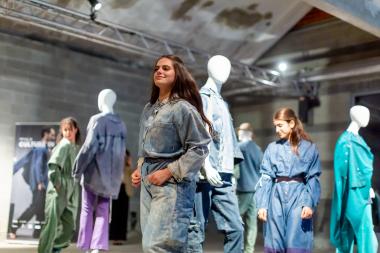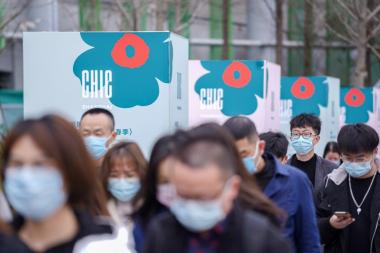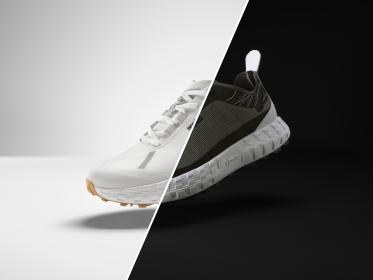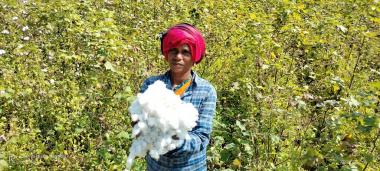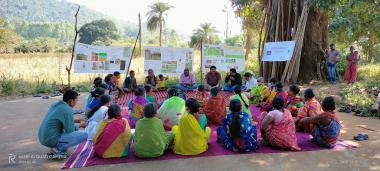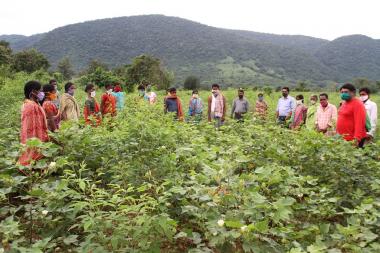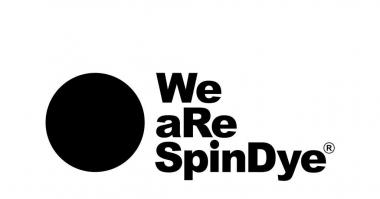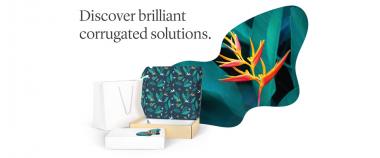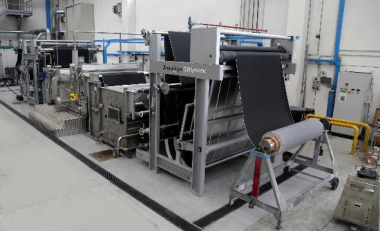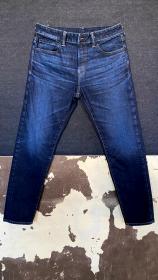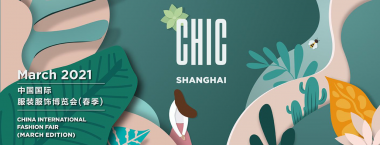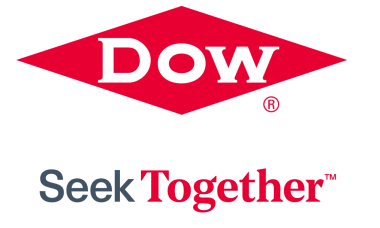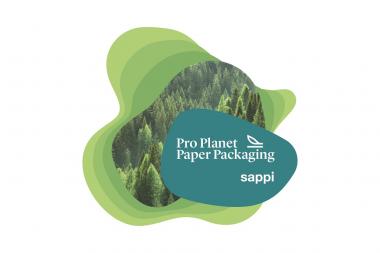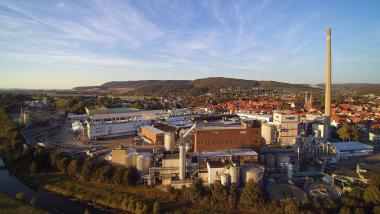Intertextile Shanghai Home Textiles provided vital business platform
Intertextile Shanghai Home Textiles concluded its 27th autumn edition in early October. Held alongside four other concurrent textile shows, the fair was the only major event for this sector able to take place in China during this season, providing a much-needed business platform for 735 exhibitors and 20,106 trade buyers. The fair was held at the National Exhibition and Convention Center (Shanghai).
Ms Wendy Wen, Senior General Manager of Messe Frankfurt (HK) Ltd expressed: “Due to the valuable cooperation of many parties and the continued support of our exhibitors and other partners, we were able to hold the fair as scheduled despite a number of challenges. Since the pandemic situation was brought under control in China last year, we have expended considerable resources to ensure our textile fairs still take place to provide trading platforms that connect the global industry. This edition was especially important as it was the only major fair to take place in the country at this time.”
While a number of international exhibitors participated this year with individual booths, the Belgium Pavilion presented home and contract products and five Chinese regional pavilions from Hangzhou, Shaoxing, Huzhou, Haining, and Tongxiang also featured. Two trend forums also provided inspiration for 2022, while the IKASAS Japanese Home Design Gallery, New Voices of Top Youth Upholstery Designers City Roving Exhibition and China International Fiber Art Exhibition gave further insights into various aspects of the industry.
Fair’s fringe programme highlights sustainability, design and more
As with all of Messe Frankfurt’s textile fairs around the world, sustainability is a big focus. A number of events under this focus took place in the fair’s fringe programme, including a half day forum titled How Sustainable Fashion is Reshaping Lifestyles, with a range of innovative companies and prestigious universities participating as speakers.
The Design Talk session featured a series of presentations from leading international designers, including from China, Japan and Europe, to share their design insights. And a new concept this year, titled New Voices of Top Youth Upholstery Designers – Intertextile Upholstery Design and City Roving Exhibition, showcased the work of six groups of young local designers from across China who presented the interior design ideas of their generation through displays and a forum. And reflecting the changes that continue to accelerate in the industry, a number of e-commerce and cross-border trade events took place, including sessions from the likes of JD Home, AliExpress and Tmall.
The 2022 Intertextile Shanghai Home Textiles – Spring Edition will take place from 9 – 11 March, while the Autumn Edition is scheduled for 23 – 25 August 2022.
Intertextile Shanghai Home Textiles Intertextile Shanghai Messe Frankfurt Home textiles Sustainability
Messe Frankfurt (HK) Co Ltd













